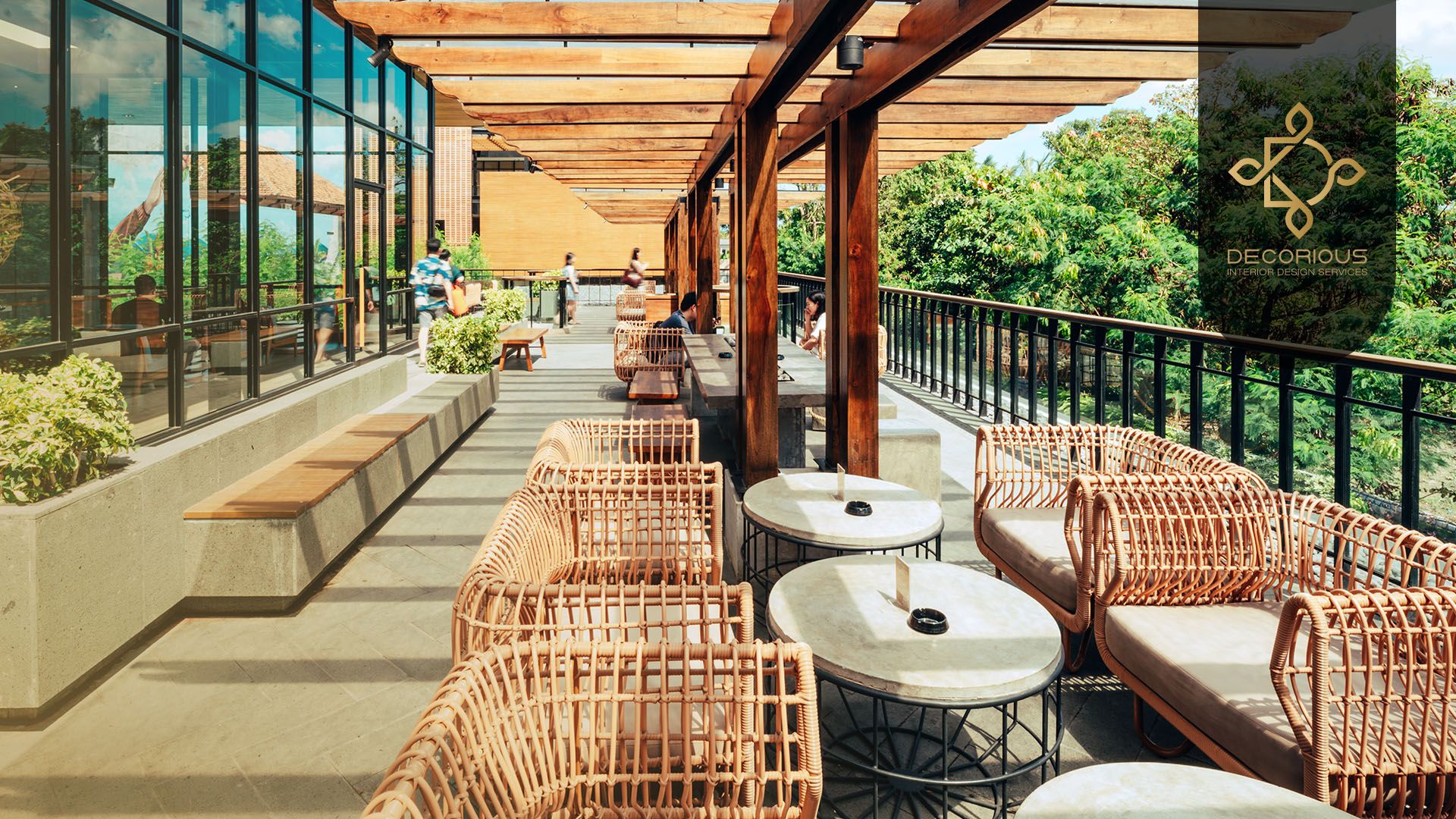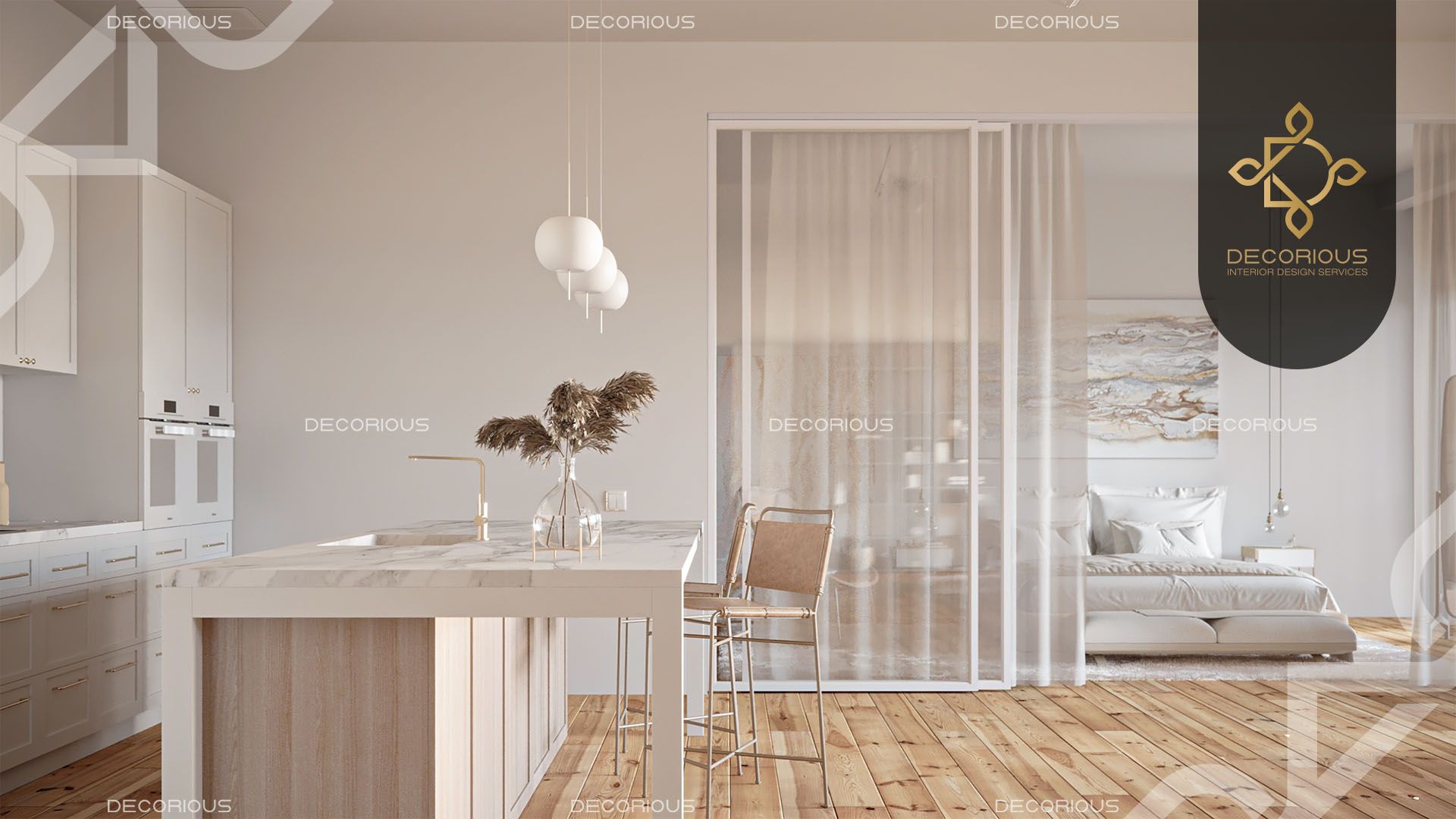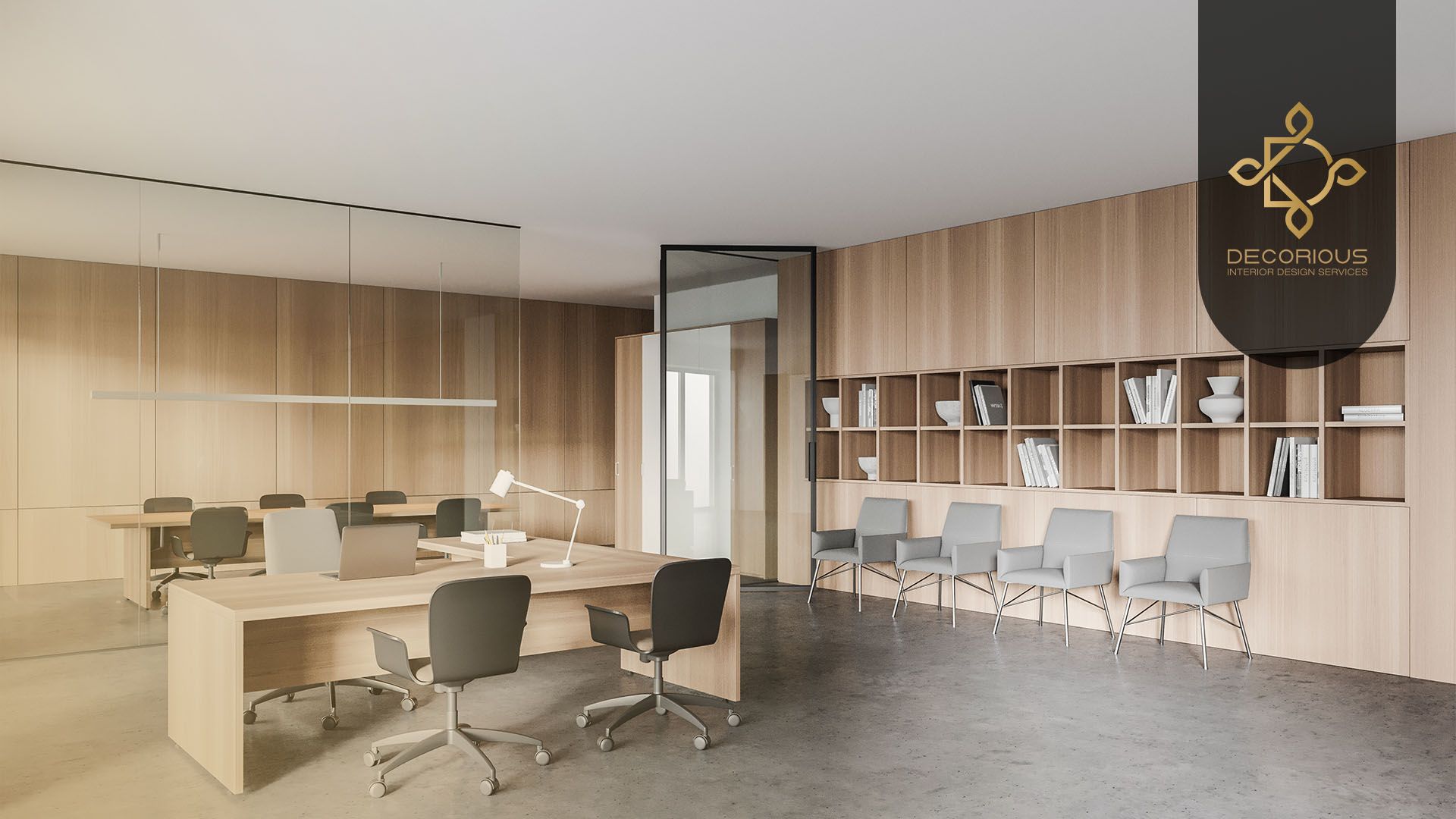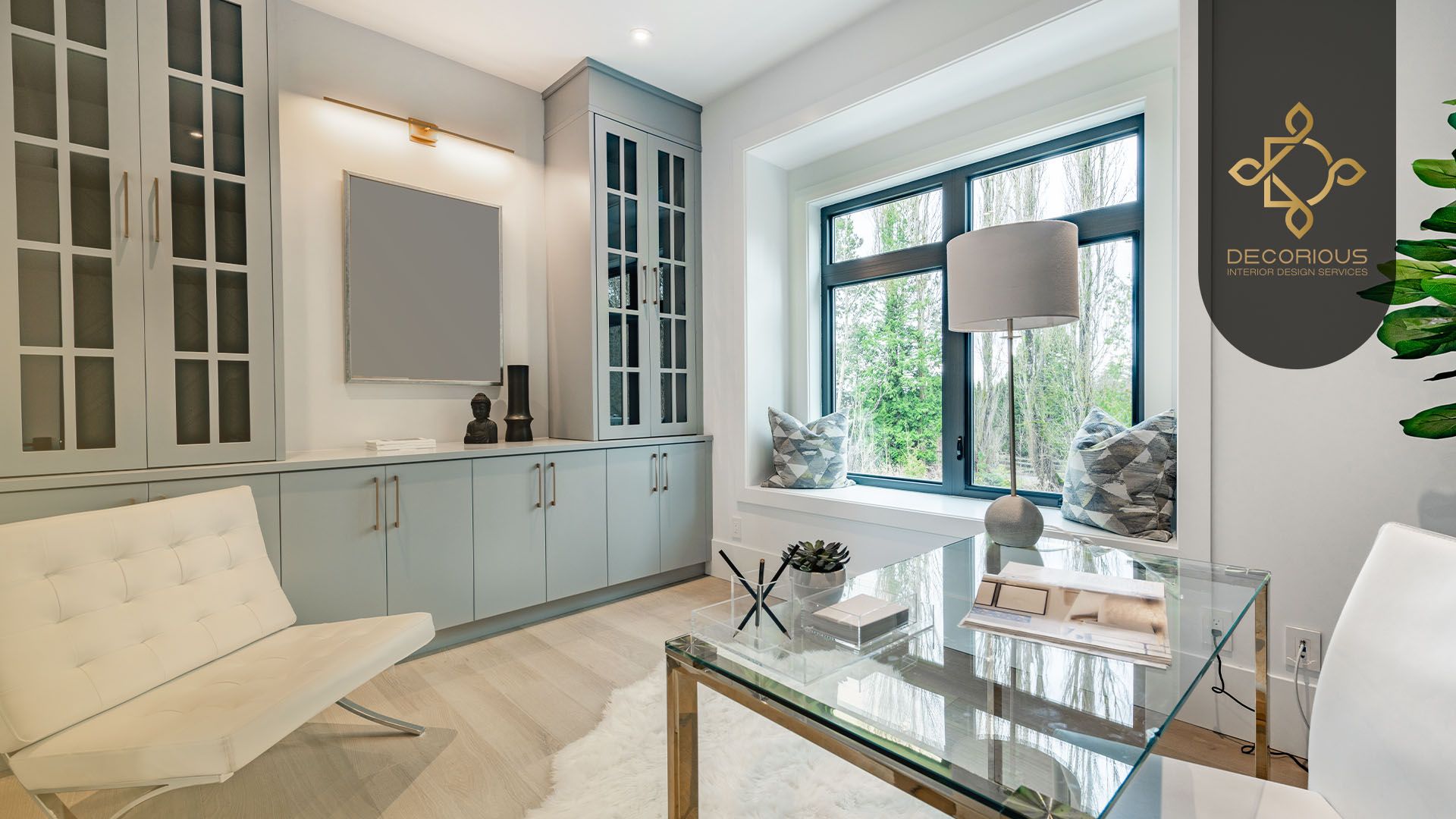
The term "sustainable design" has been around for a while. With the world adopting green technologies, it is now becoming a mainstream concept. More and more people are becoming aware of the negative impacts of the current building materials on the environment and are looking for sustainable alternatives. The best sustainable materials offer a balance between environmental benefits and affordability.
In today's world, sustainability is not just a trend anymore; it's an expectation. It's not enough to have a green product or service these days. It has to be as green as possible, with low environmental impact and high sustainability.
This blog will explore sustainable interior design, why it matters, and how you can incorporate it into your home or workplace.
The Advantages of Using Sustainable Materials for Interior Design
The benefits of using sustainable materials in designs are numerous and have been established to last longer.
Some of their benefits include:
- A healthier indoor environment for your family by providing better indoor air quality.
- It is less expensive in the long run.
- Not contributing to the air or water pollution.
- Interior design element's sustainability.
- Increase productivity.
- Increase level of comfort, satisfaction, and well-being.
These are just a few of its characteristics; there are many more depicting the fact that sustainable materials should be used in interior design on a regular basis.
Top 5 Sustainable Building Materials for Your Home
There are many building materials out there, but not all of them are sustainable and eco-friendly. Here is a list of the top 5 sustainable building materials for your home.
-
Bamboo:
It is readily available and can be used as a building material in different ways.
It can be used as a flooring material, an insulation material, or even as an exterior wall with the right design. In addition, because it is one of the fastest-growing plants, it is one of the most sustainable resources.
-
Straw bale:
It is made from straw that has been compressed into blocks or bricks, which are dried out and used for insulation purposes or even exterior walls with the right design.
They are also a very sustainable resource because agricultural materials are made from products like straw instead of wood.
-
Stones from nature:
Natural stones, such as travertine and marble, are versatile materials for your home. These stones are available in a wide range of colors and patterns. For example, a material like travertine can add elegance and style if you remodel your kitchen or bathroom.
-
Cork:
It is crafted from oak tree bark. This bark regenerates every nine years and removing it has no adverse effects on the tree. This means it tops the list of eco-friendly interior design materials. In addition, cork can cover walls, floors, and furniture and be used for insulation purposes. Thus, cork flooring enhances the aesthetics of your design.
-
Restored wood:
It is the king of adaptability: you can use it to construct structures, make furniture, and incorporate it into any design aspect.
Reclaimed wood reduces your carbon footprint while also increasing the sustainability of your house furniture when used in interior designing, making it spacious and bright.
What are the Best Sustainable Materials for an Eco-Friendly Home?
An eco-friendly infrastructure has numerous benefits and is both rewarding and cost-effective. You will not only be assisting in environmental protection, but you will also profit from lower bills, increased energy efficiency, and less maintenance over time.
As a result, sustainability and eco-friendliness are two of the most important factors to consider when building or renovating a home.
Floors are an essential aspect of your home, not only for the appearance but also for the health benefits that can improve air quality and psychological well-being.
Many types of flooring are available in the market, but not all are environmentally friendly. When choosing the right type of floor for your home, keep the following factors in mind:
- Is it durable?
- Does it produce any toxic chemicals?
- Does it emit any allergens?
Thus, non-toxic, easy-to-clean floors made from recycled materials are an excellent addition to any home.
Green Design Trends That Will Save the Environment and Your Money
In the past, green design trends were not always affordable. They are, however, becoming more widely available.
People understand the importance of going green and how it can help save the environment.
There are numerous green design trends, but the two most prevalent are green architecture and green vehicles.
Green Architecture is the design of buildings that incorporate ideas for preserving energy and natural resources. This can be accomplished through the use of recycled materials such as plastics.
Sustainable Material Pros and Cons
The benefits and drawbacks of using sustainable materials in design are determined by the designer's preferences, the client's needs, and the environmental conditions in the area where the project is being built.
As previously stated, there are numerous advantages to using sustainable materials in design. They can be used to reduce environmental pollution and energy consumption by lowering waste production. Because of their durability and recyclability, they also decrease the health risks associated with chemical exposure.
However, there are some disadvantages of using sustainable materials in design.
Some environmentally friendly materials have limited availability, so the product may be depleted quickly or necessitate the use of specialized manufacturing techniques that are not widely available.
Sustainability is a buzzword in design today, but incorporating it into your projects requires careful planning and consideration of your client's and company's goals. It enables you to determine which factors are most important for project success and how to incorporate them into your design plan.
Final Words
It is becoming eminent to choose interior design materials that can be recycled or have a minimal environmental impact. In addition, there should be awareness about selecting sustainable materials and using them for furnishings, lighting, and more.
Determining the best sustainable materials suitable for your home requires the assistance of experts in this field.
So, get in touch with Decorius team to know how you can make your home more sustainable.








